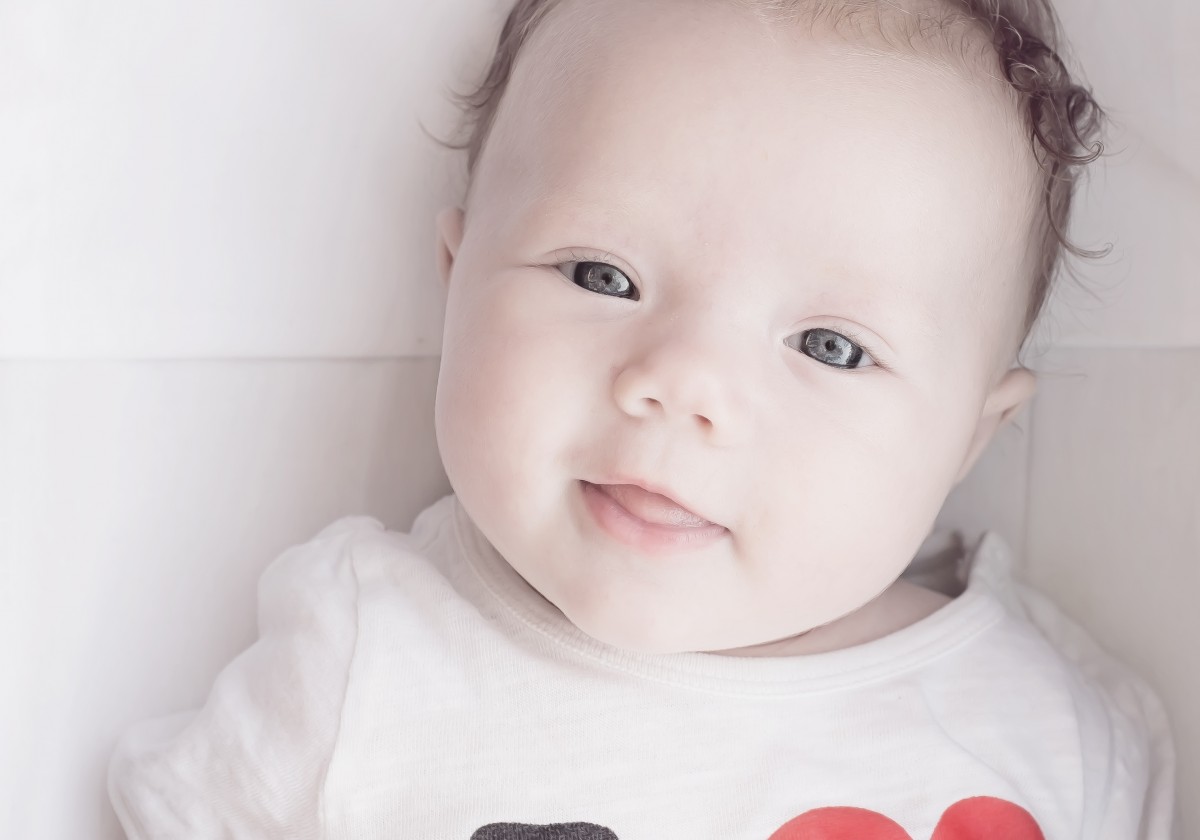
How to Clean a Baby’s Nose
How to Clean a Baby’s Nose
Summary
– Step 1: Create a warm, moist atmosphere
– Step 2: Clean your baby’s nose at the right time
– Step 3: Sit or Lie Your Baby Down
– Step 4: Hold your baby
– Step 5: Use saline in a baby under 5 months of age
– Step 6: Use a baby nose cone for a baby over 5 months of age
– Step 7: Explain what you are doing
Knowing how to clean your baby’s nose properly is not always easy. But it’s often helpful because young children regularly suffer from colds.
Here are the tips you need to know to get an effective nasal cleansing.
1. Create a warm, moist atmosphere
The easiest way to help babies clean and clean their noses is to place them in a warm, moist atmosphere.
This is usually best done in the bathroom with a warm bath (door closed). Wait until the ice fogs up and take the baby with you for about ten minutes.
The heat will help him relax, and the sauna effect will be effective to start clearing his nose. Don’t hesitate to repeat the sessions two or three times a day if you can.
2. Clean your baby’s nose at the right time
The best time to clean your baby’s nose is before feeding time. Ideally, it should be after the bath and before eating, if possible:
– After the bath, the heat and humidity will have liquefied the secretions and made them easier to expel.
– Before eating, avoid causing vomiting.
– Before sleeping, facilitate breathing during the night.
3. Sit or lay the baby down

Sit
To clean your baby’s nose properly:
– Sit your baby on your lap;
– With his back against your belly;
– Gently tilt your baby backward.
In this position, you can hold him with one hand to prevent him from falling, and with the other hand, you can administer the saline into his nostril.
Lay him/her down
If it’s more convenient for you, you can also choose to lie down.
– Lay your baby on his or her back.
– Raise his head slightly with a small pillow.
In this position, it’s less easy to hold your baby. However, turning the baby’s head and pouring the serum into the nostril facing up is easier.
4. Hold your baby
When you are alone, and your baby is wiggling too much, it is sometimes necessary to hold him/her effectively to avoid hurting him/her.
You can use a cloth such as a small sheet or a towel to wrap the child’s torso and arms. All you have to do is gently hold the child’s head to administer the saline.
5. Use saline on a baby under 5 months of age
The most effective and most accessible product to use is saline. Use it twice a day and only if the nose is congested. It can even be used in infants.
Don’t worry if the child swallows a little saline; one of its advantages is that it’s not harmful.
For infants
A cotton wick soaked in saline may be sufficient for infants with little congestion. It is introduced into a nostril, gently rotated, and repeated on the other side.
However, this technique is not easy to do with babies who wriggle the most.
You can also get your baby to sneeze by putting cotton wicks in his nose. This technique often results in sneezing, which is nothing more than a natural method of cleaning the nose.
For babies over 4 months of age
For babies over 4 months old, in a sitting position:
– Put a little saline in one nostril so that it is clean.
– Wait for the saline to flow into the other nostril.
– Make sure to close the baby’s mouth to force him to breathe through his nose and thus clear the secretions.
– Let the child breathe quietly.
– Repeat on the other side.
If the child has been placed in a lying position:
– Place tissues under the baby’s cheek against his or her face to absorb any serum that may leak.
– Turn the baby’s head so that the face is in profile.
– Pour the serum into the nostril facing up.
– When the liquid comes out of the other nostril, close his mouth (the baby will expel the mucus by reflex action).
– Wipe off the fluid that has come out and repeat the process on the opposite side.
Note: this technique is the most effective. Although painless, it can be pretty impressive (we are afraid of the baby who does not appreciate the maneuver and cries). If you are not confident enough, have it done by a physiotherapist, doctor, or pediatrician and take advice from him/her so that you can do it yourself later.
Babies from 4 months of age can have their noses cleann 2 or 3 times a day.
6. Use a baby nose cone on a baby over 5 months old
The baby nose cone is a system that comes:
– in the form of small pears, useful for less critical mucus;
– in the form of a suction system (the parent sucks up mucus with his or her mouth as with a straw);
– in the form of an electric system.
Baby flies should be reserved for babies over five months of age. Also, be careful not to push the nozzle too far into the nose.
With a bulb, baby nose cone
With a bulb baby nose cone:
– Start by cleaning your baby’s nostril with saline.
– Squeeze the bulb to remove all the air.
– Place the tip of the bulb in the nostril and release the pressure.
Repeat on the opposite side.
With a suction, baby nose cone
– Put the saline solution in the child’s nostril;
– Place the mouthpiece in the nostril;
– Aspirate through the other end (on which a filter cap is placed).
Suction should be long and gentle (rather than short and sharp).
– Repeat on the other side.
Note: depending on the model, you will need to either clean the nozzle or discard it and get a new one each time you use it.
With an electric baby nose cone
– Put the saline solution in the child’s nostril.
– Place the sterile nozzle on the electronic baby nose cone in the baby’s nostril.
– Press the button to proceed with the aspiration of the mucus (the stop is automatic).
– Repeat on the other side.
– Discard the sterile nasal tip (or wash it if it is a reusable tip).
Regardless of the equipment used, remember to take the baby’s nose plug apart and wash it thoroughly with soap and warm water after each use (see manufacturer’s instructions). Let it air dry (except for models that can be sterilized).
7. Explain what you are doing
– It’s a good idea to explain what you’re doing to your baby. Even if he is tiny, he must hear you so that he is calm.
– Also, once the operation is over, reassure your baby by holding him or her close and talking to them.
– Take advantage of this to gently pat his back so that he burps. Indeed, this cleaning technique makes the baby swallow air, and burping helps to relieve him.
Materials needed to clean a baby’s nose.
Cotton
Physiological serum
Towel
You May Also Like

Building Your Child’s Vocabulary: A Lifelong Process (Part Two)
2022-06-08
How to Deal With an Angry Child
2022-05-05


2 Comments
Pingback:
Pingback: